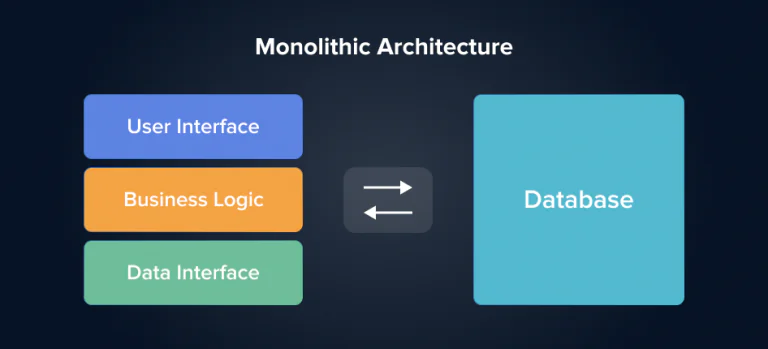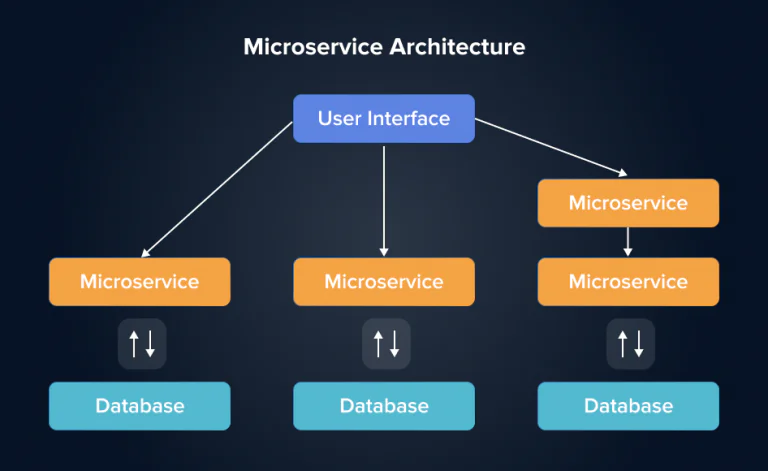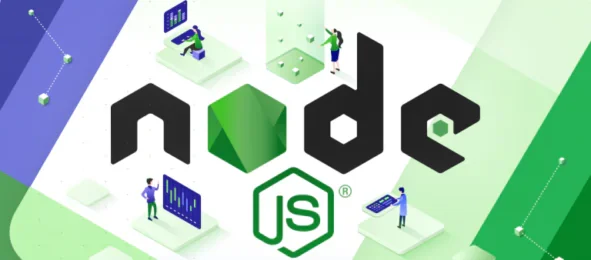Monolith vs. Microservices: what’s the right choice for your project?
You may also like
Node.js Configuration Management for Applications in Real-World
Managing configs for your apps can be a tricky thing to do in the big, bad world of microservices—especially when balancing different upstream APIs alongside...
Testing React Components with Hooks & Mocks [Full Guide]
Having strong unit tests prevents future emergencies, urgent bug fixes, dissatisfied customers, and loss of company reputation.
PIJET: Parallel, Isolated Jest-Enhanced Testing Part III: Test Isolation Methods
Abstract In the fast-paced realm of software testing, ensuring test isolation in parallel environments is paramount for accurate and efficient outcomes. This article delves into...
Best practices for building CLI and publishing it to NPM
Introduction CLI stands for the command-line interface. It’s a common way to interact with different processes. Tools with CLI are often used in software development,...
Top 6 Most Common Connectivity Technologies in IoT: Benefits, Drawbacks, and Use Cases
Explore the top 6 connectivity technologies for IoT: Wi-Fi, Bluetooth, cellular, Zigbee, LoRaWAN, and Ethernet. Learn their pros, cons, and use cases.
Node.js Configuration Management for Applications in Real-World
Managing configs for your apps can be a tricky thing to do in the big, bad world of microservices—especially when balancing different upstream APIs alongside...










![Testing React Components with Hooks & Mocks [Full Guide]](https://webbylab.com/wp-content/webp-express/webp-images/uploads/2022/09/v3-768x260-1-768x260.png.webp)


